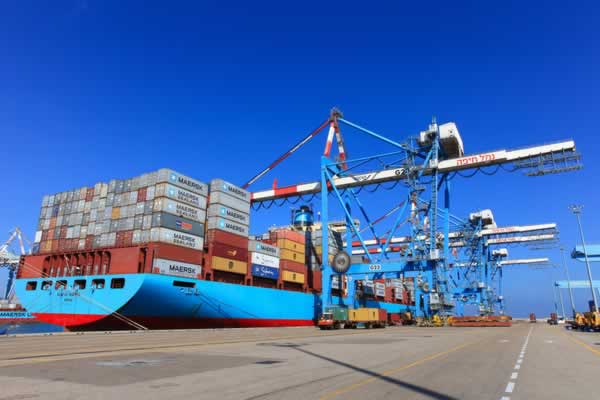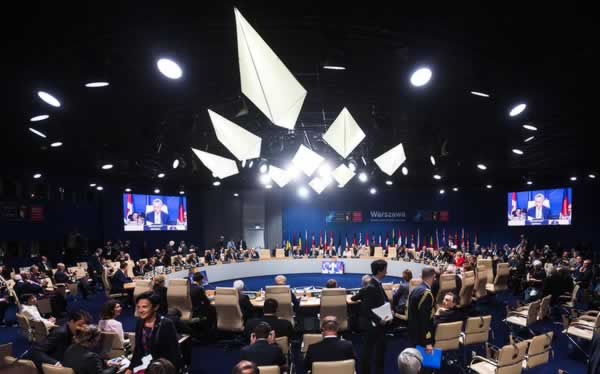Addressing the Challenges of Pharmaceutical Distribution in International Markets
This is a guest post from DrugPatentWatch. Do you have a response to DrugPatentWatch’s post? Respond in the comments section below.
If domestic pharmaceutical distribution is complex, international distribution is considerably more complicated
 International growth markets for pharmaceuticals represent enormous opportunities, but they also bring their own unique challenges, including infrastructure, fragmented distribution, and a patchwork of regulatory systems that may be inconsistently enforced. Operations models in the pharmaceutical industry are dynamic by necessity, and although the current trend toward mergers and acquisitions isn’t unique to today, the worldwide possibilities are far greater due to advances in transportation, communications, and technology.
International growth markets for pharmaceuticals represent enormous opportunities, but they also bring their own unique challenges, including infrastructure, fragmented distribution, and a patchwork of regulatory systems that may be inconsistently enforced. Operations models in the pharmaceutical industry are dynamic by necessity, and although the current trend toward mergers and acquisitions isn’t unique to today, the worldwide possibilities are far greater due to advances in transportation, communications, and technology.
The pharmaceutical distributor or wholesaler with the most accurate and current industry intelligence is one that can capitalize on rapidly growing markets while ensuring adherence to quality control and successful navigation of the many international laws and regulations that apply. Here are some of the major challenges pharmaceutical distributors face in international markets and how they are coping.
The Impact of Delays and Shortages
Timing is absolutely critical to ensure that resources needed at production sites or where finished products are sold are where they are supposed to be, when they’re supposed to be there. Distances are longer, more international borders must be crossed, and outstanding logistics and planning are required to prevent strain on the international supply and distribution chain.
Product shortages can be inconvenient or even dangerous, inviting counterfeit products to make it into pharmaceutical markets, and such breaches have been increasing each year in both developing and developed markets. Meeting the challenges of timing requires strong partnerships throughout the supply and distribution chain so that each participant, from the pharmaceutical wholesaler to the pharmacy and beyond, follows carefully choreographed steps that prevent delays and shortages.
Product Quality Assurance
Pharmaceutical investors must also keep a finger on the pulse of product quality assurance, because of the importance of steps like keeping vaccines cold over long distances, particularly to developing regions. The most successful mergers and acquisitions will be those where all players have a handle on quality assurance at every step of supply and distribution. Every pharmaceutical wholesaler and distributor that wants to succeed internationally must continually assess and adjust product quality assurance techniques based on product, destination, and specific transport and storage capabilities during transport and at the destination.
Compliance with Global Regulatory Agencies
The ability to comply with global regulations is essential to the success of the international pharmaceutical distributor.
 For a pharmaceutical company to create a successful worldwide development program for their products, they have to comply with global regulatory agency requirements. These requirements affect everything from packaging to compliance language that must be printed on products. Familiarity with markets, languages, and regulations in international destinations will continue to be essential. The best way to cope with regulatory challenges will vary, and may include tactics like adding packaging inserts close to the market where drugs will be consumed. The goal is to prevent over-forecasted items lingering in retail locations as their expiration dates approach.
For a pharmaceutical company to create a successful worldwide development program for their products, they have to comply with global regulatory agency requirements. These requirements affect everything from packaging to compliance language that must be printed on products. Familiarity with markets, languages, and regulations in international destinations will continue to be essential. The best way to cope with regulatory challenges will vary, and may include tactics like adding packaging inserts close to the market where drugs will be consumed. The goal is to prevent over-forecasted items lingering in retail locations as their expiration dates approach.
Patent Intelligence and International Supply Strategy
How does patent intelligence inform the successful international supply strategy? By apprising investors of impending patent cliffs and the potential for acquisitions and new markets for pharmaceutical distributors, patent intelligence allows the investor to understand potential investment scenarios better. Drugs come off-patent in different countries at different times, so the development of new international markets is always in flux. Understanding which patents apply in which countries, and for how long is like having an additional puzzle piece that makes the picture of international pharmaceutical investment that much clearer.
Distribution challenges are nothing new to the pharmaceutical industry, but as authorized generics and tentative approvals develop in the U.S. market, new international supply sources may become evident. And the movement of generics into and out of the U.S. is influenced by patent status. Hence, patent intelligence allows investors to make more informed decisions when it comes to investment in pharmaceutical wholesalers and distributors.
About DrugPatentWatch
DrugPatentWatch provides actionable business intelligence on small-molecule drugs and the 110,000 global patents covering them. Since its founding in 2002, DrugPatentWatch has been cited by CNN, NEJM, Nature Journals, and many other leading publications.
Use cases for the DrugPatentWatch database include:
- Branded pharmaceutical firms seeking competitive intelligence
- Generic and API manufacturers seeking knowledge of which drugs to develop
- Wholesalers seeking advance notice of patent expiry to avoid over-stocking off-patent drugs
- Healthcare payers seeking to project and manage future budgets
Comments are closed.